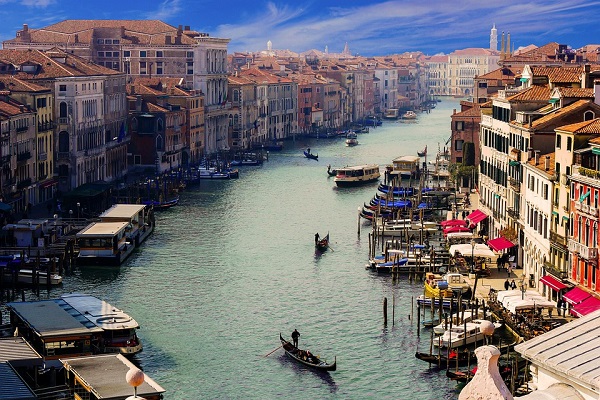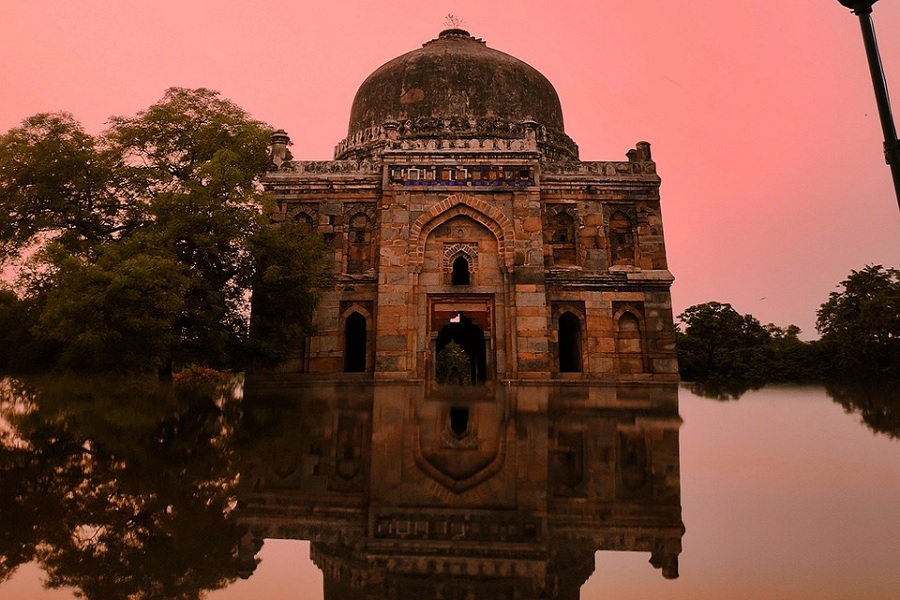Anchored in Time: Exploring Coastal Heritage Through Cultural Tourism

Set against a mesmerizing sunset sky, the image of a weathered fishing boat resting peacefully by the shore tells a quiet story—one that speaks to the heart of cultural tourism. Beyond the stunning colors and natural beauty lies a deeper narrative of heritage, craftsmanship, and the enduring relationship between coastal communities and the sea.
Coastal Culture: A Living History
Cultural tourism is about more than visiting monuments—it's about immersing oneself in the living traditions and heritage of a place. This abandoned or preserved fishing boat may no longer sail the seas, but it stands as a symbol of maritime culture, echoing the lives of fishermen, boat builders, and coastal families who depended on the ocean for their livelihood.
From the Mediterranean shores to South Asian fishing villages, these vessels are more than just tools—they are stories carved in wood and salt, reflecting centuries of:
Traditional craftsmanship
Seasonal rituals tied to the sea
Coastal folklore and music
Culinary traditions centered around fresh catches
Why Cultural Tourism Matters
This image invites travelers to go beyond the surface and discover the human stories behind destinations. Cultural tourism empowers communities, preserves heritage, and fosters deeper connections between visitors and hosts. Through such journeys, travelers can:
Participate in boat restoration workshops
Attend local fish markets or seafood festivals
Learn about ancient navigation methods
Hear oral histories from coastal elders
Destinations Where Maritime Culture Thrives
Kerala, India – Known for its backwaters and boat-making legacy
Santorini, Greece – Home to fishing villages and seafaring traditions
Zanzibar, Tanzania – Rich in dhow-building heritage
Nova Scotia, Canada – Offers deep dives into Acadian fishing culture
























